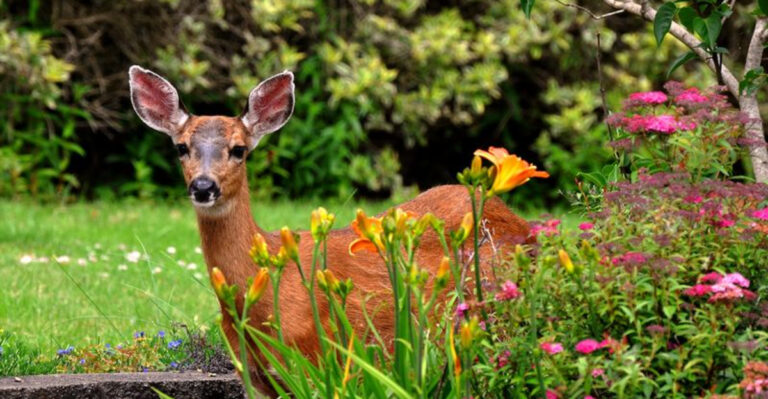7 Record-Breaking Rattlesnakes Caught In North America (And 4 Rare Ones That Stay Under The Radar)

Rattlesnakes slither through North American folklore and wilderness with their unmistakable warning sound. These venomous pit vipers have fascinated researchers and struck fear in hikers for generations.
From massive record-breakers that make headlines to elusive species few people ever see, these reptiles represent some of the most fascinating predators on the continent.
1. Eastern Diamondback Rattlesnake (Crotalus Adamanteus)

The king of North American venomous snakes, measuring up to a jaw-dropping 8 feet long! A Florida specimen caught in 1946 still holds the official length record at 7 feet 8 inches, weighing a staggering 34 pounds.
These heavyweight champions pack enough venom to kill five adults with a single bite. Their distinctive diamond pattern serves as nature’s warning sign across southeastern pine forests and coastal areas. When threatened, they coil tightly, raise their heads, and deliver that famous buzz from specialized tail segments.
Despite their fearsome reputation, these snakes avoid humans when possible and strike only as a last resort.
2. Western Diamondback Rattlesnake (Crotalus Atrox)

A legendary behemoth captured near Freer, Texas in 1994 stretched an incredible 7 feet 8 inches – challenging its eastern cousin for size supremacy. This desert dweller holds the unofficial weight record at a massive 36.5 pounds!
Recognizable by the black and white banded tail just before the rattle, these snakes dominate the American Southwest. Their diamond-patterned bodies blend perfectly with rocky terrain, making them nearly invisible until that warning rattle sounds.
Responsible for more snakebites than any other North American species, they’re surprisingly calm unless cornered. Some specimens have lived over 20 years in captivity.
3. Mojave Rattlesnake (Crotalus Scutulatus)

Don’t let its modest size fool you – this 4-foot serpent packs the most potent venom of any rattlesnake in America! A record specimen found near Tucson, Arizona measured just under 5 feet but contained enough neurotoxic venom to kill over 10 people.
Scientists call it the “Mojave green” for its olive coloration, though individuals vary from greenish to brown. What makes them truly remarkable is their unique venom composition – a cocktail of both hemotoxins that destroy tissue and neurotoxins that attack the nervous system.
Found across deserts from California to Texas, they’re considered the most dangerous rattlesnake due to this dual-action venom.
4. Prairie Rattlesnake (Crotalus Viridis)
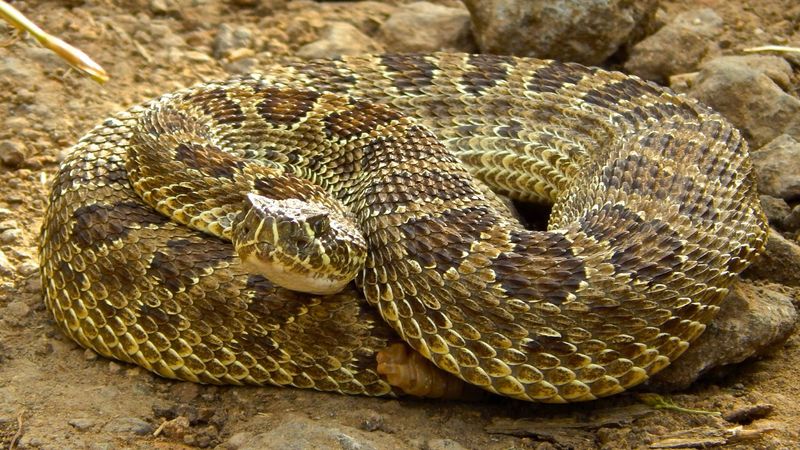
Speed demons of the snake world! Prairie rattlers hold the record for fastest strike, clocking an astonishing 175 miles per hour from coil to target. A massive specimen measuring 5 feet 4 inches was documented in Wyoming’s grasslands, far exceeding their typical 3-foot length.
These adaptable hunters thrive from Canada to Mexico across the Great Plains. Their yellowish-brown bodies with dark oval blotches provide perfect camouflage in prairie grasses. Unlike their desert cousins, they’re excellent swimmers and climbers.
Ranchers often spot them hunting in the same prairie dog towns year after year – these snakes may travel over 4 miles to return to favorite hunting grounds!
5. Black-Tailed Rattlesnake (Crotalus Molossus)

Mountain climbers of the rattlesnake world! A record specimen discovered at 9,000 feet elevation in Arizona’s Chiricahua Mountains stunned researchers. Most rattlesnakes avoid high elevations, but this 5-foot-2-inch giant proved black-tails break the rules.
Their olive-green to gray bodies contrast dramatically with the solid black tail section before the rattle – a distinctive feature that gives them their name. Unlike most rattlers that prefer open areas, these snakes thrive in rocky mountain terrain and woodland edges.
Surprisingly gentle-natured for rattlesnakes, they rarely strike unless directly threatened. Some mountain populations have developed unique venom adaptations to target their specialized prey.
6. Banded Rock Rattlesnake (Crotalus Lepidus)

Master of disguise! A record-setting chameleon-like specimen from New Mexico changed colors from gray to green to match different rock formations. Researchers tracking this particular snake documented its remarkable ability to alter pigmentation over several weeks.
These compact rattlers rarely exceed 2 feet, making the 32-inch record-holder truly exceptional. Their name comes from the distinctive crossbands that vary dramatically in color between regions and even individual snakes.
Found in rocky mountainous areas from Texas to Arizona, they’re expert ambush predators. Their small size and relatively mild venom make them less dangerous than their larger cousins, though their perfect camouflage means hikers often step dangerously close without noticing.
7. Sidewinder Rattlesnake (Crotalus Cerastes)
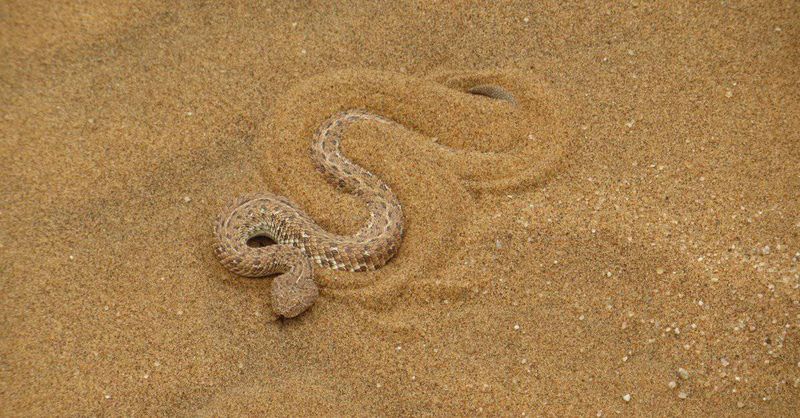
Speed kings of the desert! A record-breaking sidewinder tracked in California’s Mojave Desert covered an astonishing 3 miles in a single night – extraordinary for a snake barely 2 feet long. Their unique sideways locomotion, leaving J-shaped tracks in the sand, allows them to move at up to 18 miles per hour.
Instantly recognizable by the horn-like scales above each eye, these desert specialists have evolved remarkable adaptations. Their specialized scales minimize contact with scorching sand while their light coloration reflects desert heat.
The fastest-recorded strike belongs to a specimen filmed in slow motion – just 70 milliseconds from rest to target, faster than you can blink!
8. Panamint Rattlesnake (Crotalus Stephensi)

Hidden in Death Valley’s scorching landscape lives one of North America’s rarest rattlesnakes. Only 200-300 Panamint rattlers are estimated to exist in the wild, making any sighting remarkable. A single specimen documented surviving in 134°F heat set a temperature tolerance record for any North American snake!
These medium-sized rattlers display beautiful cream or tan bodies with dark brown blotches. Their specialized scales help conserve moisture in one of the driest places on Earth.
Few people ever encounter them as they’re primarily nocturnal and inhabit remote, inhospitable canyons. Scientists believe their isolation has led to unique venom adaptations found nowhere else in the rattlesnake family.
9. Red Diamond Rattlesnake (Crotalus Ruber)

California’s secretive giant! The largest verified red diamond rattlesnake measured an impressive 5 feet 7 inches – enormous for this localized species found only in southern California and Baja Mexico. Their striking brick-red coloration makes them among the most beautiful yet seldom seen rattlesnakes.
Unlike most rattlers that avoid human development, these adaptable snakes sometimes thrive in suburban areas with sufficient cover. Their reddish diamonds blend perfectly with the iron-rich soils of their limited range.
Conservation efforts focus on these remarkable snakes as urban expansion threatens their habitat. Despite their size and potent venom, bites are extremely rare due to their reclusive nature and preference for avoiding confrontation.
10. Tiger Rattlesnake (Crotalus Tigris)
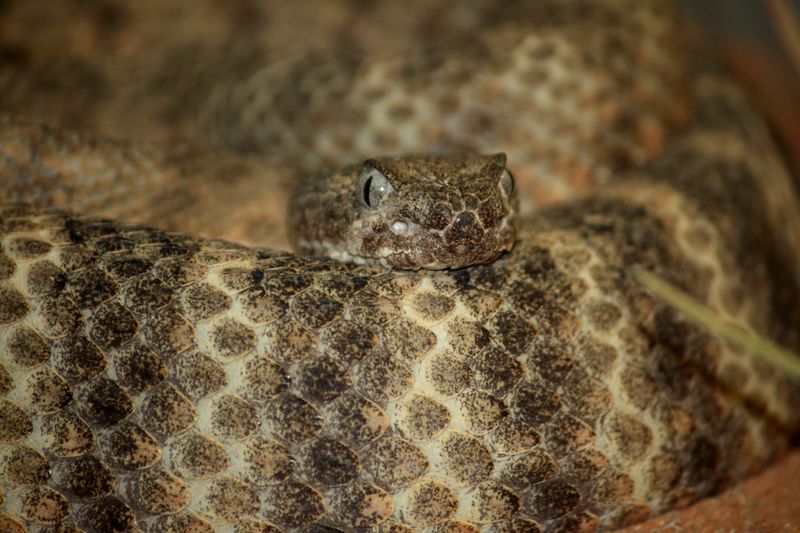
Pound for pound, the deadliest rattlesnake in North America! Though rarely exceeding 3 feet, the tiger rattlesnake possesses venom twice as potent as any other rattler. A specimen from Arizona’s Sonoran Desert holds the toxicity record – lab tests showed its venom could theoretically kill over 4,000 mice.
Named for the distinctive crossbands reminiscent of tiger stripes, these secretive snakes inhabit rocky foothills and desert mountains. Their small, spade-shaped heads (unusually narrow for rattlesnakes) contain extremely large venom glands.
Rarely encountered by humans due to their remote habitat preferences, tiger rattlesnakes remain one of the least studied venomous snakes despite their remarkable toxicity.
11. Rock Rattlesnake (Crotalus Oreganus)
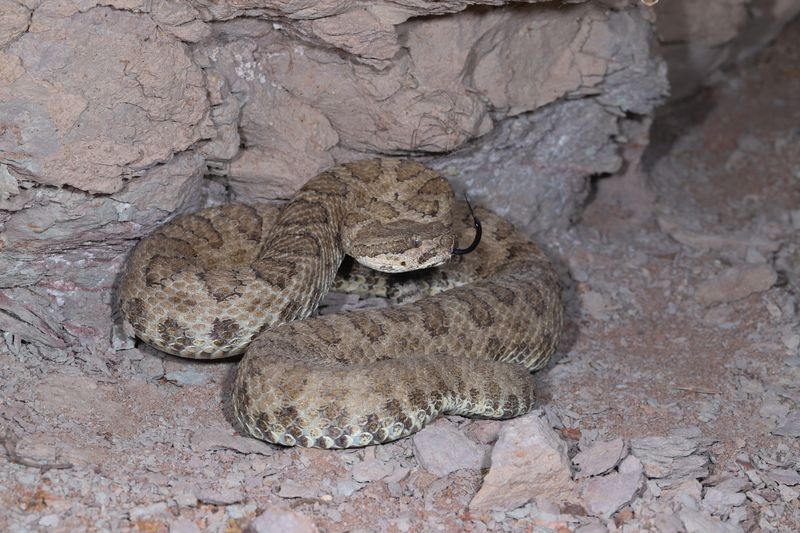
Altitude champions of the snake world! A remarkable rock rattlesnake documented at 11,000 feet elevation in California’s Sierra Nevada mountains shattered records for high-altitude snake survival. Most reptiles cannot function in such cold environments, making this discovery extraordinary.
These highly variable snakes display different color patterns depending on their habitat – from greenish-gray in northern regions to pinkish in southern populations. Their exceptional ability to thermoregulate allows them to survive in environments too harsh for other rattlesnakes.
Rock rattlers possess a unique adaptation – their venom becomes more potent in colder temperatures, unlike most snake venoms that lose effectiveness. This allows them to hunt effectively even in near-freezing conditions.

